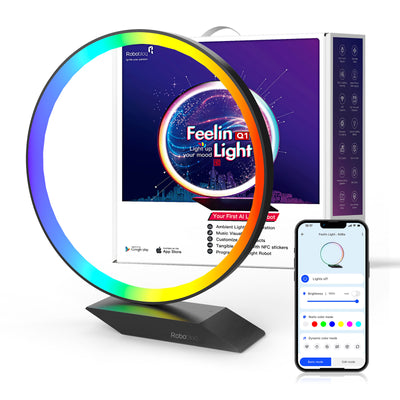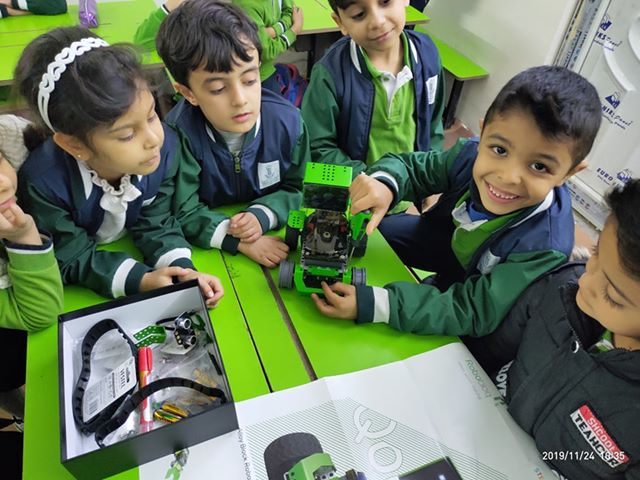STEM is an abbreviation that stands for science, technology, engineering, and mathematics. STEM is an interdisciplinary approach to learning where academic concepts are coupled with real-world lessons. Students apply science, technology, engineering, and mathematics in contexts that make connections between the classroom and the world around them.

The importance of STEM education is emphasized by the Next Generation Science Standards, which were designed to improve how students comprehend and apply science. STEM education typically focuses on project-based learning in the classroom. The projects and activities incorporate technology to emphasize the application of science and prepare students for future classes.
Why is STEM Education Important?
The importance of STEM education is intricately tied to society's technological and scientific advancements. The National Science Foundation maintains that students will need a strong foundation in STEM subjects in order to be successful in the information-driven age.

STEM education and the application of technology empowers every student to use their creativity and develop their critical thinking skills. The benefits of STEM education are also far-reaching for students of all ages and backgrounds as recent years have seen initiatives intended to add more females and minorities to STEM fields.
Students with ADHD and other similar issues can also experience STEM education benefits, such as the ability to complete long, intricate tasks involving robotics or computer programming projects. STEM education tends to involve hands-on activities that require creative thinking, an environment that is well-suited for students with ADHD.
STEM in Schools
There are a variety of ways in which teachers can introduce STEM into the classroom. This sample STEM lesson plan provides teachers with a step-by-step guide on how to properly introduce the concept to their students. It involves a video lesson then allows students to develop their own STEM lessons.

Once teachers introduce STEM education to their students, they can analyze their classroom and determine how STEM projects and activities can be incorporated into it. Classroom set-up for STEM classes is key when it comes to implementing projects and activities. Implementation ideas include the following:
Desks and other furniture should be arranged to allow students maximum flexibility when working on STEM projects and activities. This can mean large aisles between desks or creating workstations based on a particular project or activity.
Collaboration is an important component of any STEM project or activity. The classroom should be arranged so that it enables students to work together, such as clusters of chairs. Visual supports, such as charts and posters, can be key in helping students remember key concepts. STEM projects and activities for elementary to middle school students can include sensory water bottles, a bridge-building challenge, or building a volcano.
Teachers at the high school level can implement projects that involve all of the STEM fields. One such project would be a water quality survey where students would utilize underwater robots to collect data from a body of water. Teachers have the option for students to design their own robots or utilize purchased kits.





